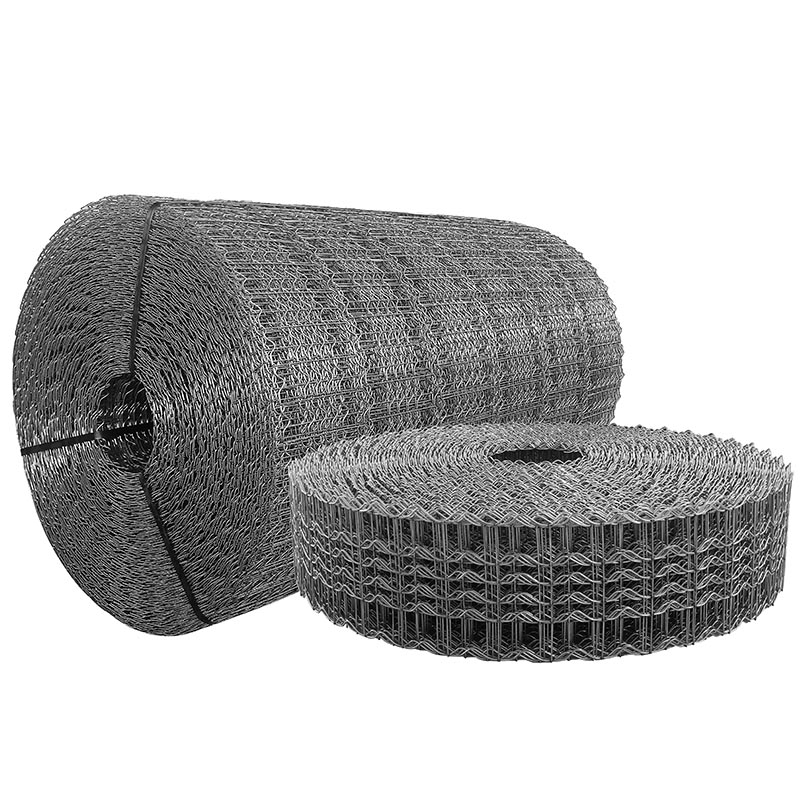- Industrial zone, South of Anping Town, Hengshui, Hebei, China.
- sales@hfpetromesh.com
- +86-18931809706
Versatile Applications of Stainless Steel Grating for Industrial and Commercial Use
Stainless Steel Grating A Versatile Solution for Various Applications
Stainless steel grating is a popular choice in various industrial and commercial applications due to its unique properties and benefits. This material combines efficiency, strength, and aesthetic appeal, making it suitable for a multitude of environments. Understanding the characteristics, advantages, and applications of stainless steel grating is essential for anyone considering it for their projects.
Characteristics of Stainless Steel Grating
Stainless steel grating is created through the fabrication of stainless steel bars that are welded together in a grid pattern. The result is a durable, open framework that allows for the passage of light, air, and liquids while providing a sturdy surface for foot and vehicle traffic. One of the most defining characteristics of stainless steel is its resistance to corrosion. This quality makes it particularly advantageous in harsh environments, such as chemical plants, marine settings, and wastewater treatment facilities.
The alloy composition of stainless steel also plays a significant role in its performance. 304 and 316 stainless steel are two common grades used for grating. Grade 304 offers good corrosion resistance and is sufficient for mild environments, while grade 316, enhanced with molybdenum, provides superior protection against chloride environments, making it ideal for coastal areas or facilities that deal with seawater.
Advantages of Using Stainless Steel Grating
The advantages of stainless steel grating extend beyond mere corrosion resistance. Its strength-to-weight ratio allows for lighter structures without compromising load-bearing capabilities. This is especially beneficial in applications where weight is a concern, such as on bridges or elevated walkways.
Another significant benefit is the low maintenance requirement associated with stainless steel grating. Unlike other materials that may need regular coatings, treatments, or replacements, stainless steel grating generally only needs periodic cleaning to maintain its appearance and performance. This can lead to cost savings over time, as maintenance and replacement expenses are minimized.
stainless steel grating

Additionally, stainless steel grating is known for its slip-resistant surface, which enhances safety in environments where wet or oily conditions may be present. Many manufacturers offer various surface patterns to further improve traction, catering to different safety needs.
Applications of Stainless Steel Grating
Stainless steel grating has a wide range of applications across various industries. In the construction sector, it is frequently used as flooring in warehouses, factories, and outdoor walkways. The ability to withstand heavy loads while providing ventilation makes it a preferred choice in these settings.
In the food processing industry, its hygienic properties are essential. Stainless steel grating is used in processing plants, kitchens, and food storage areas. Its smooth surface inhibits bacteria growth while also being easy to clean, aligning with the stringent health and safety regulations governing food production.
Marine and offshore applications also benefit significantly from stainless steel grating due to its corrosion resistance. It is employed in shipbuilding, offshore platforms, and coastal structures where exposure to saltwater and moisture is prevalent.
Conclusion
In summary, stainless steel grating is a highly versatile material that combines functionality, durability, and aesthetics. Its resistance to corrosion, low maintenance requirements, strength, and safety features make it suitable for a wide range of applications across multiple industries. Whether in construction, food processing, or marine environments, stainless steel grating serves as an invaluable solution, ensuring safety and efficiency in various operations. As industries continue to prioritize safety and durability, stainless steel grating will likely remain a top choice for engineers, architects, and facility managers alike.
-
The Power of Pyramid Shaker Screen - A 3-Dimensional SolutionNewsOct.24,2024
-
Exploring the Versatility and Durability of Steel GratingNewsOct.24,2024
-
Revolutionizing Drilling Efficiency with Steel Frame Shaker Screens for Mud Shale ShakersNewsOct.24,2024
-
Potential of Shale Shaker ScreensNewsOct.24,2024
-
Offshore Pipeline Counterweight Welded Mesh - Reinforced Mesh in Marine EngineeringNewsOct.24,2024
-
Revolutionizing Offshore Pipeline Stability with Concrete Weight Coating MeshNewsOct.24,2024
